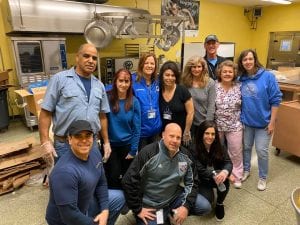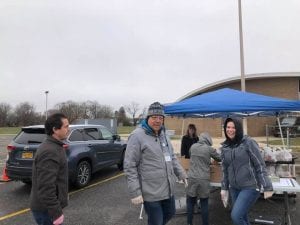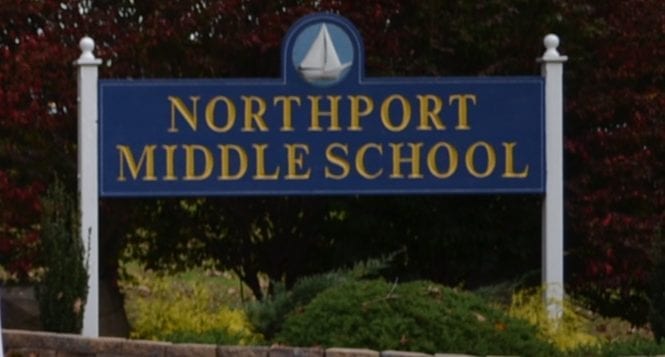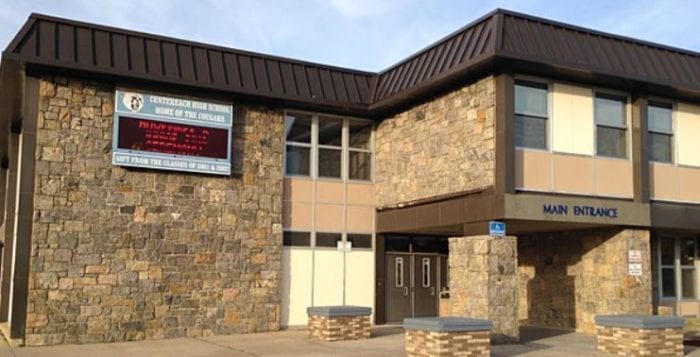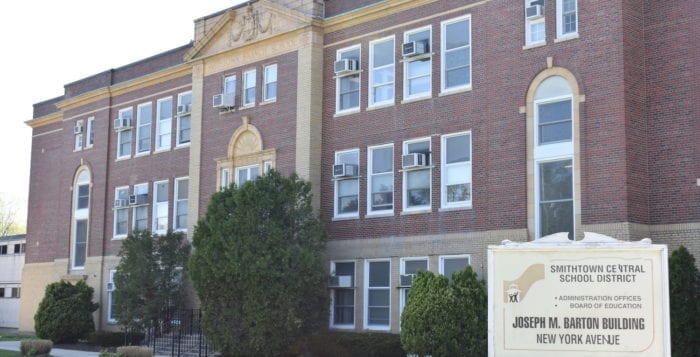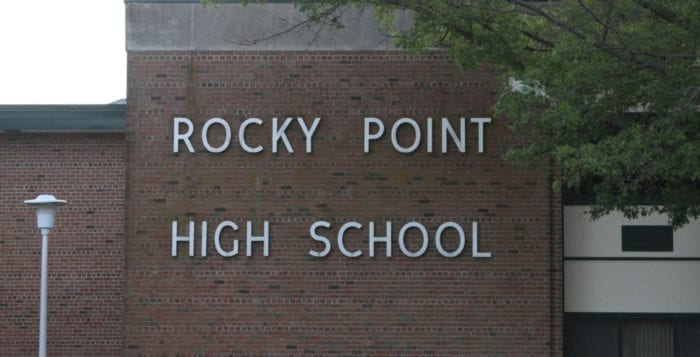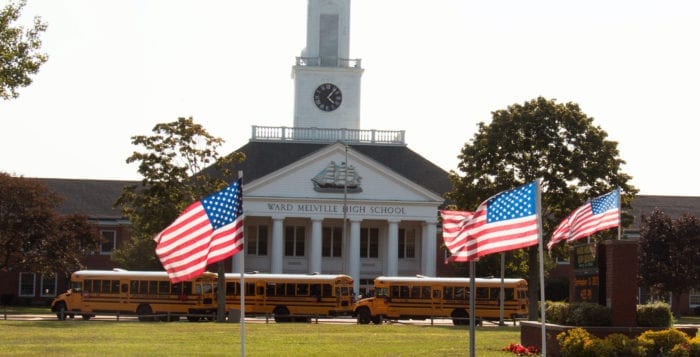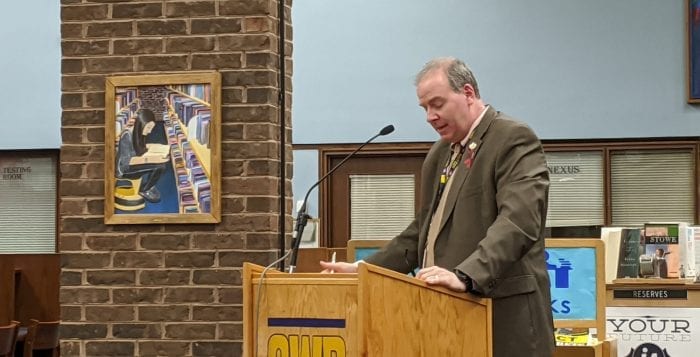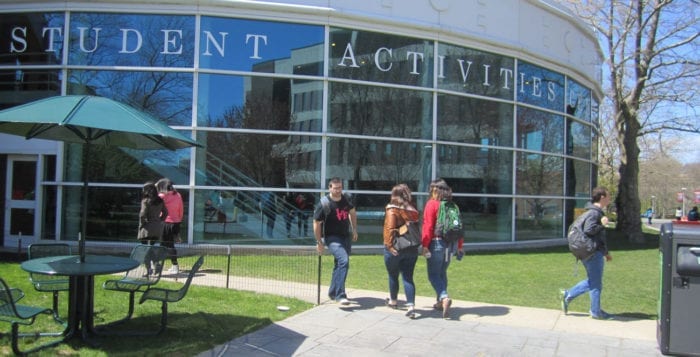Editor’s note: On March 13, Three Village Central School District made the decision to close schools March 16 through March 20.
By Andrea Paldy
Utmost on people’s minds these days is the steady approach of COVID-19. Even as school districts try to conduct business as usual, behind the scenes, they are at work on contingency plans.
Tuesday, Three Village parents received a robocall and email from district superintendent Cheryl Pedisich, who assured them that the district is “taking extra precautionary steps to safeguard our students and staff.”
She said the district is getting advice from the New York State and Suffolk County departments of health, the Centers for Disease Control and Prevention and the New York State Education Department and that it will continue to update protocols as it receives new guidance. Additionally, Three Village is planning for “viable options should a long-term school closure be necessary” as advised by the Department of Health or “other trusted agencies.”
As of Wednesday, field trips, out-of-district staff conferences and unnecessary travel for students and staff have been suspended, she said.
In a telephone interview, Pedisich said district administration continues to meet regularly as information changes. She added that she does not want to “build anxiety” and wants to “keep a positive atmosphere” for students and will continue to keep the community informed.
Every Student Succeeds Act
Last week, amid growing concerns about the coronavirus, Three Village held its regular board meeting, where Laura Pimentel, chief information officer and assistant director of instructional technology, discussed the district’s federal report card. The district schools are all in good standing, though there were some concerns about the system of measure.
In her report, Pimentel explained the criteria used to measure New York State school districts under the Every Student Succeeds Act, passed in 2015 to replace No Child Left Behind.
For elementary and middle schools, criteria include student growth levels, English language proficiency for English language learners, academic progress in English language arts and math, chronic absenteeism and a composite of state assessment scores in ELA, math and science.
High school progress is measured with the same criteria — using Regents scores from math, English, science and social studies, she explained. The ratings also measure graduation rate and college and career readiness, as well as the still-to-be-determined criteria for civic readiness. Student growth is not measured.
To see how a district compares to others, the district receives a composite score, comprised of a “weighted average achievement measure” and a “core subject performance measure,” Pimentel said. Student test scores are allotted a set number of points. The weighted average divides the points for the students who took the state tests by the total number of students enrolled in the district. The core subject performance measure divides students’ allotted points by the number of students who actually took the test.
As a result of the robust opt-out movement on Long Island, only about 36 percent of the district’s students took the tests. While this brought down the weighted average achievement measure considerably, the core subject performance measure raised the composite scores to an achievement rank of level 3 for all schools except for Arrowhead Elementary, Pimentel said.
Because high school students don’t opt out of the Regents exams — they need them to graduate — the high school measures only include the weighted score. Ward Melville was ranked a level 4 for academic achievement.
Pimentel said student growth at the elementary school and junior high levels is measured by following students for three years and ranking them against similarly scoring students over the three-year period. Composite scoring showed that Three Village elementary students fell within a level 3 mean growth percentile and that students at Nassakeag Elementary School, which had the highest percentage of students taking the state tests, scored a level 4 mean growth percentile. Both junior high schools fell within lower levels of the growth percentile because most eighth-graders take the Regents exam instead of the state math assessment, Pimentel said.
English language learners in Three Village are well above the state index for success, she said.
Measures of interim progress are set by the state and require districts to close the gap between the district’s baseline and the state’s end goal by 20 percent every five years, she said. These scores included only the weighted average achievement measure, which brought down the district’s elementary school and junior high progress rankings. Ward Melville, however, exceeded the state’s long-term goals for both English and math and met the state’s end goal for English.
All district schools exceeded the state’s long-term goal for absenteeism, and the high school exceeded its end goal for graduation with an above 98 percent graduation rate. Ward Melville also exceeded the state’s long-term goal and is quite close to its end goal for college and career readiness.
Though all district schools received a distinction of being in good standing, two received the distinction after an appeal. Nassakeag Elementary School and R.C. Murphy Junior High were flagged because there were two subgroups of students with low scores in multiple areas, Pimentel said.
A closer look at the scores showed that while there were enough students to make up a subgroup, there were not enough students from the group who tested. As a result, a core subject performance score couldn’t be tabulated. Only a weighted average achievement score was used in the ranking, which skewed the results, Pimental said. But the distinction for the schools was changed after a successful appeal.
“We should be concerned because this report card is public information that is reflecting poorly on our district at the elementary and middle school level, and it’s not even an accurate picture of what’s going on in Three Village schools,” Pimentel said.
She added that “not having test information makes it really challenging for all of us to make the decisions to allocate resources, train our staff and maintain our curriculum so that students have the most growth possible during their time in Three Village Schools.”
2020-21 Budget
Jeff Carlson, deputy superintendent for business services, announced that the cap on the tax levy increase would be 1.96 percent. He also said that there would be an increase in payments to the employee retirement system and health insurance, estimating that the overall budget increase would be around 1.7 percent.
“We do not anticipate having to make any reductions in any programs or services or staffing in order to comply with that, other than what we would do anyway because of changes in enrollment or course requests,” Carlson said.
